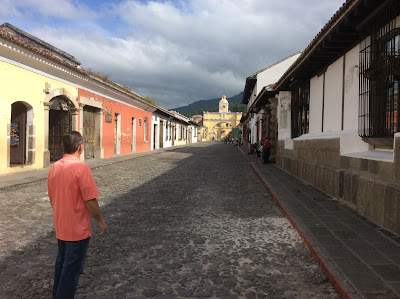Sacred crops
Sololá is one of the agriculture centers of Guatemala, with a majority of the population relying on the growing of maize, beans, coffee and other crops. The department also has one of the highest indigenous populations in the country, with 96 percent of the population identifying as Kaqchikel, T’zutujil, or Kiche Maya. Maize is sacred to the Maya; their cultures and societies revolve around it. According to the Kiche Maya creation story, the Popol Vuh, the gods made humans by grinding the different colors of maize.
As is written in the Popol Vuh, “There was a consensus (among the gods), and it was decided what would come of the red, yellow, black, and white maize; it is from these that they made our bones, our blood, and our flesh.”
The protection of seed is thus of the utmost importance for the indigenous peoples of Guatemala and across Mesoamerica. “We cannot live without our corn,” said Acetún of the indigenous municipality. “It makes up all of our lives. We consume it for our food, we sell it, it is us.”
Rafael, a campesino from the Kaqchikel Maya community of Pixabaj, Sololá, explained, “The people here are Maize … We are not French. We are not anything else. We are Maize; we are Maya.”
As the protests mounted, women took the lead in organizing for the defense of maize. In Sololá, women created a seed bank to archive and protect the various varieties of heirloom corn for future generations. “The women of Sololá have taken the lead in organizing to save and protect our heirloom seeds,” said Pocop. “It is our responsibility to preserve our traditional seed, and to pass along the traditional ways of doing things.”
http://wagingnonviolence.org/feature/guatemala-indigenous-communities-prevail-monsanto/







































